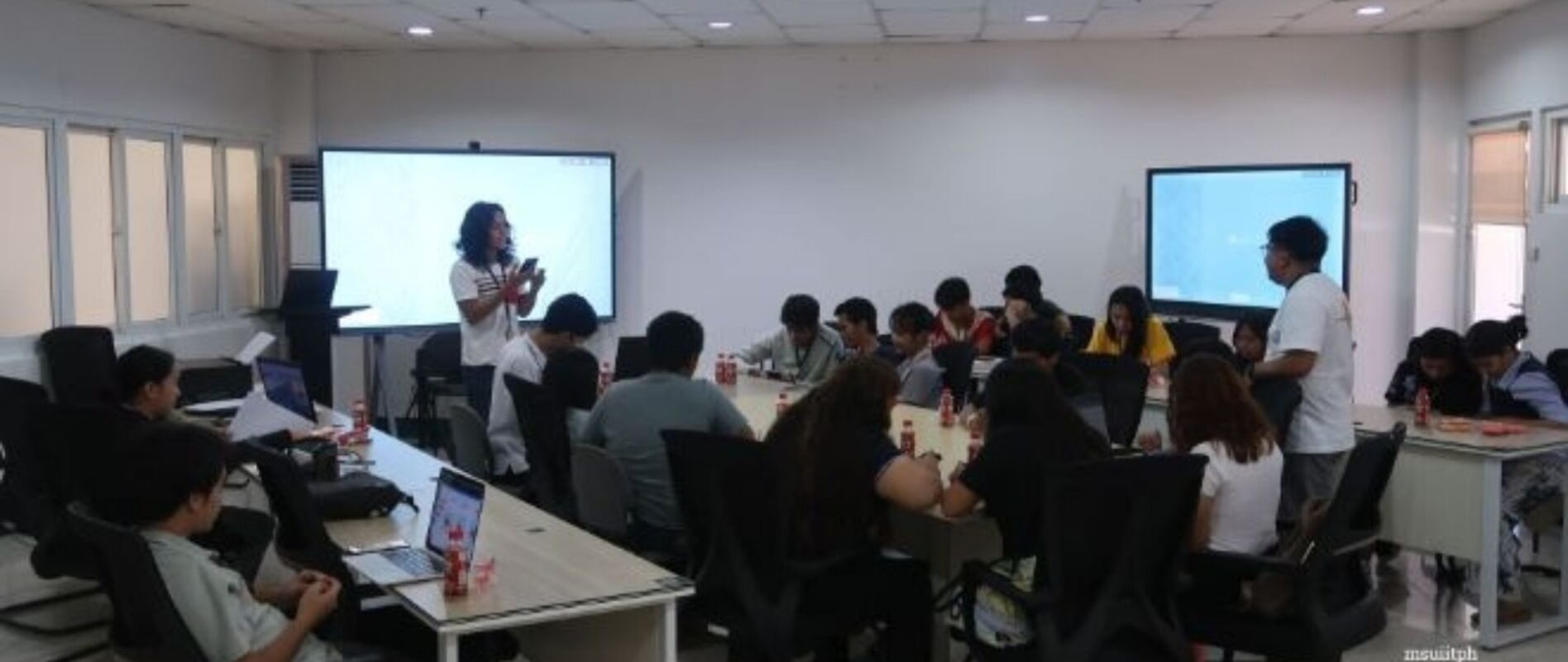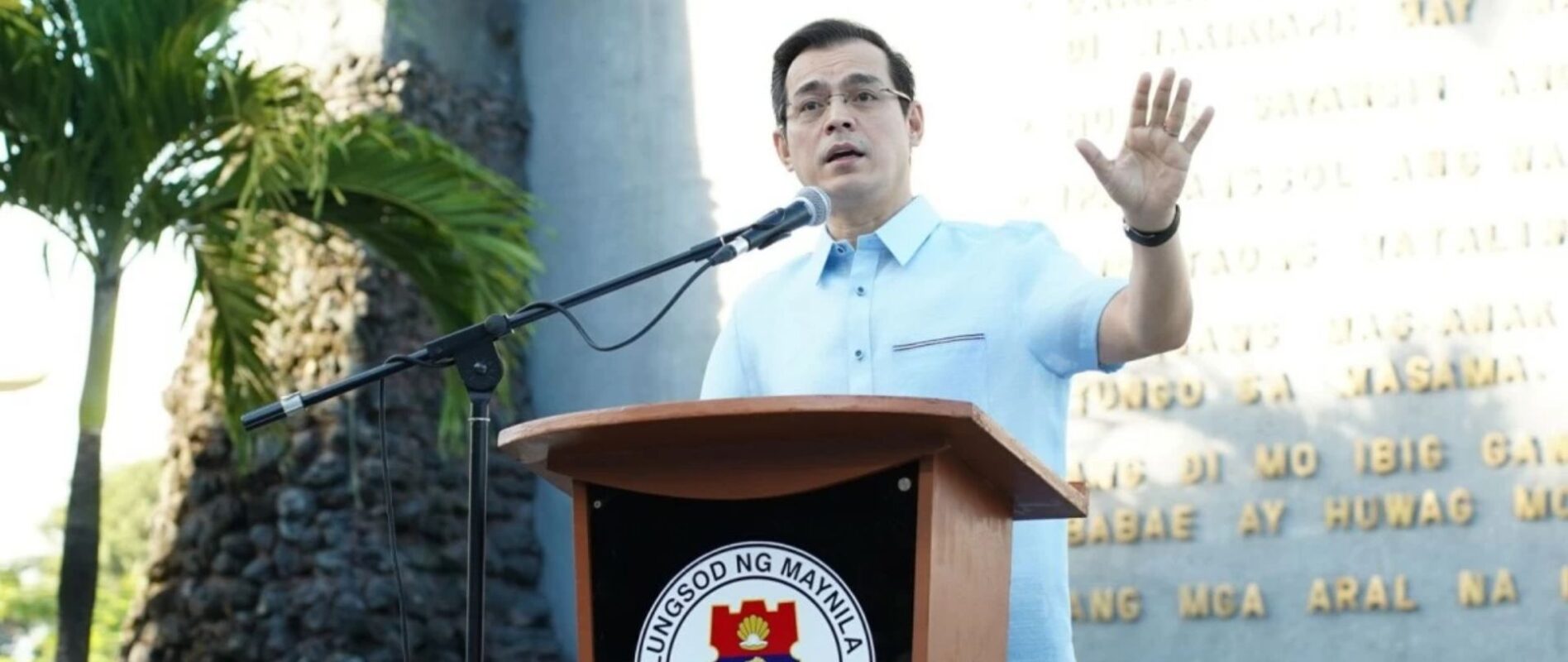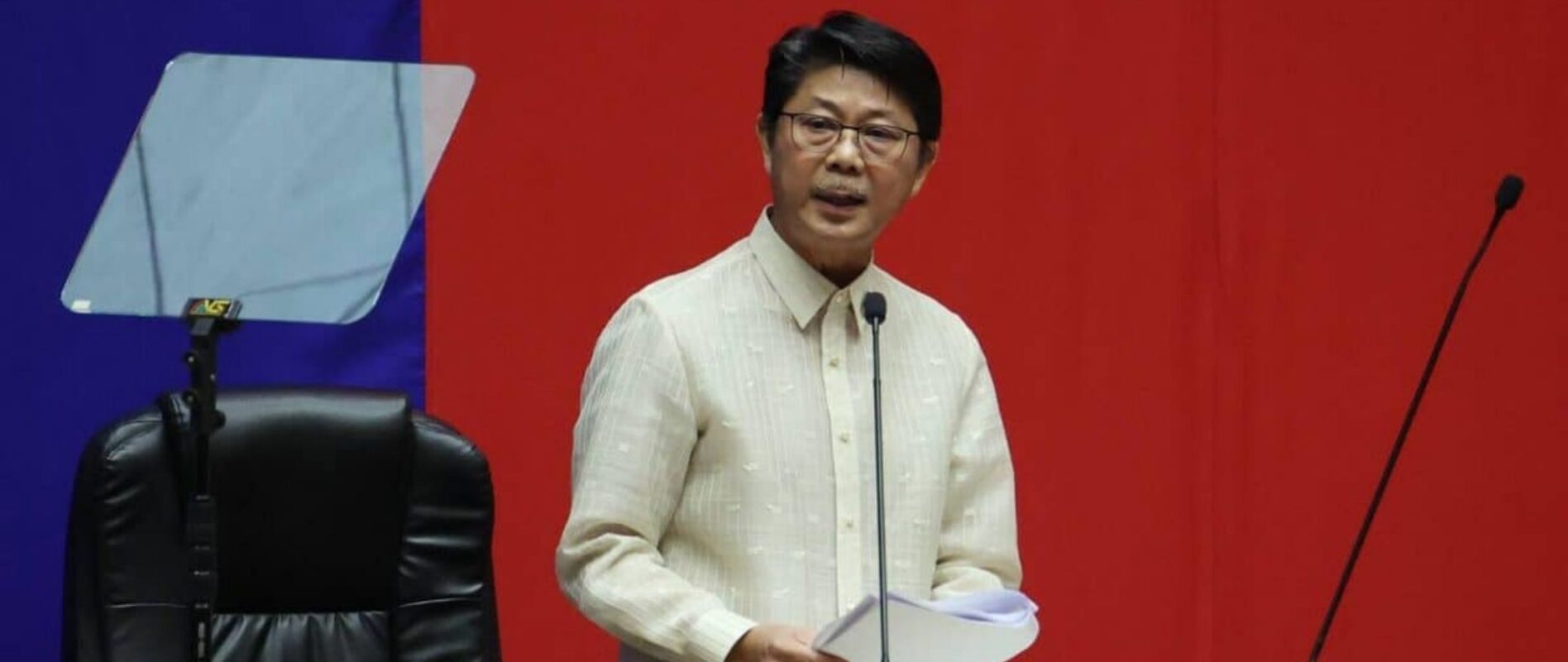SURVEY SAYS 70 % + OF STUDENTS MISSED ONLINE CLASSES BECAUSE OF GADGET, INTERNET PROBLEMS
TEACHERS, parents, and students are not too sure on the effectiveness of distance learning, according to three separate surveys conducted by the Movement for Safe, Equitable, Quality and Relevant Education.
TEACHERS, parents, and students are not too sure on the effectiveness of distance learning, according to three separate surveys conducted by the Movement for Safe, Equitable, Quality and Relevant Education.
The online surveys held from November 23 to December 22, 2020 assessed the conduct of distance learning in basic education, primarily in public schools. These were participated in by 1,395 teachers, 1,207 parents, and 620 Grades 4 to 12 students nationwide.
The poll showed that 70.9 percent of teacher respondents do not think or are not confident that the competencies set by the Department of Education for distance learning are being developed.
Of the respondents, only 4 percent said that all of their students keep up with the lessons, 57 percent said that a segment of their class is behind their lessons, while 39 percent have unclear answers.
About 31 percent of teachers said that 1-3 out of 10 students are not able to keep up, 15 percent said that 4-6 out of 10 students cannot keep pace with their classes, while 10 percent said that 7 or more in every 10 students are behind.
Meanwhile, 53 percent of the students polled do not think or are not sure if they can learn the competencies set by DepEd under distance learning.
Of the parents surveyed, only 42.7 percent were confident that their children understood their lessons. Further, only 7 in 10 students were confident that they could complete the school year.
The surveys on parents and students showed that 71 percent to 72 percent of students failed to attend online classes due to problems with gadgets, internet connection, and distance learning expenses.
Slow internet connection was the biggest hindrance to effective online learning as 87 percent of students raised this concern. While 9 in every 10 students have appropriate gadgets for distance learning, 7 of them use gadgets lent by the local government units.
About 20 percent of students said that lack of money to support distance learning costs is a real problem for them.
Also, 75.6 percent of the students polled said that their study load under distance learning is heavier. As such, 54.7 percent said that distance learning activities have negative impacts on their physical and mental health.














